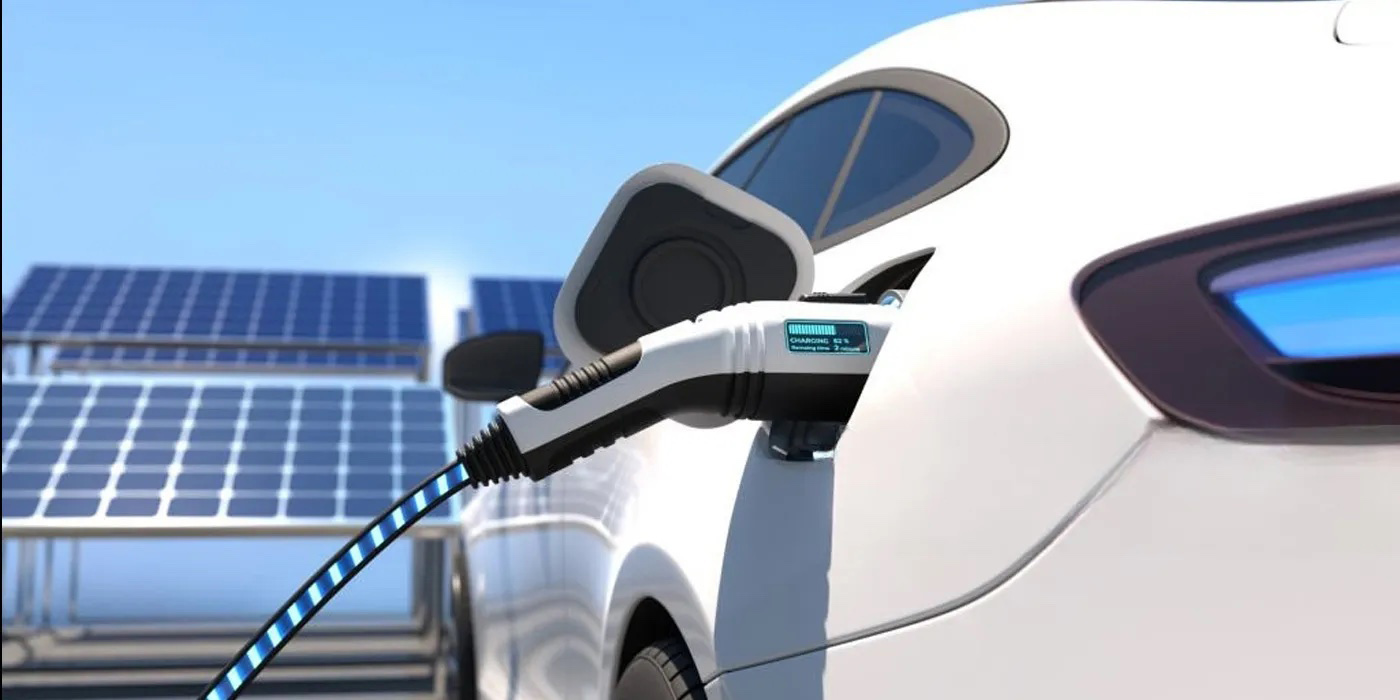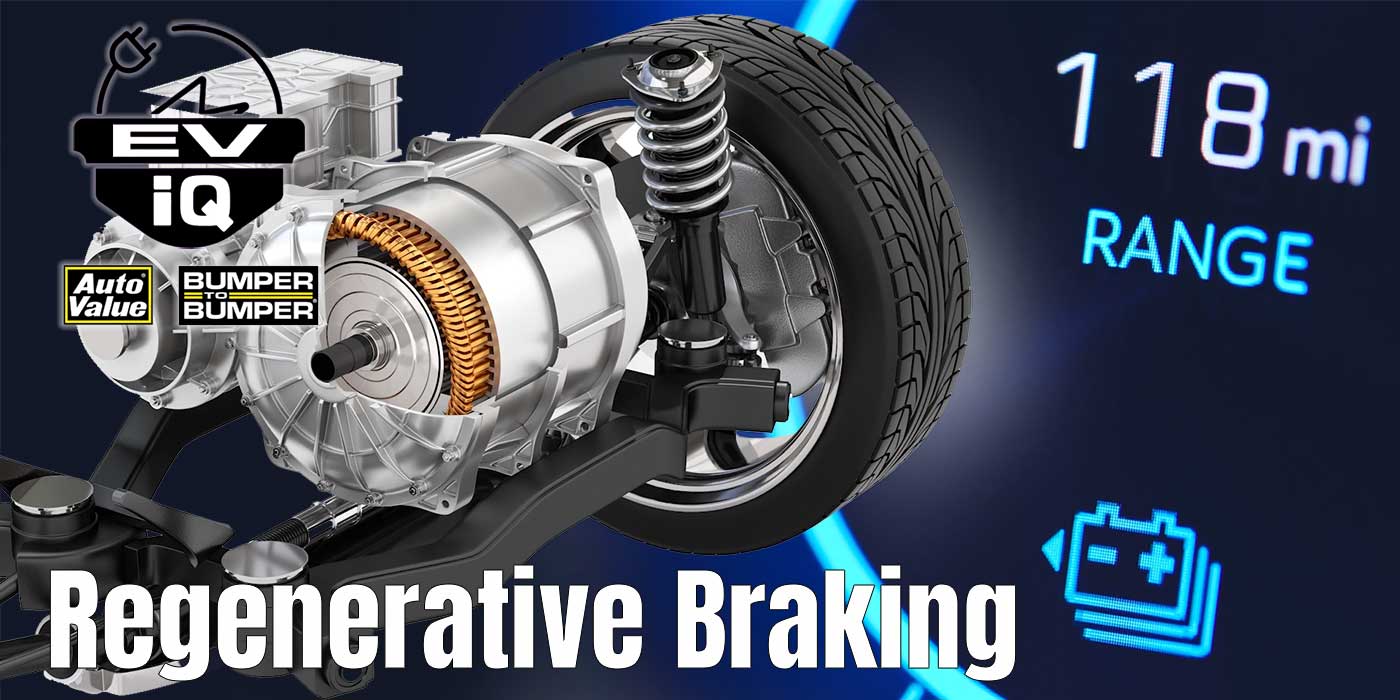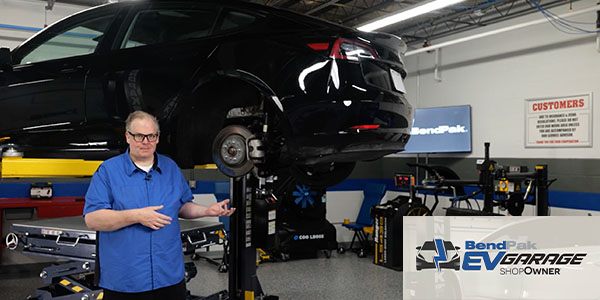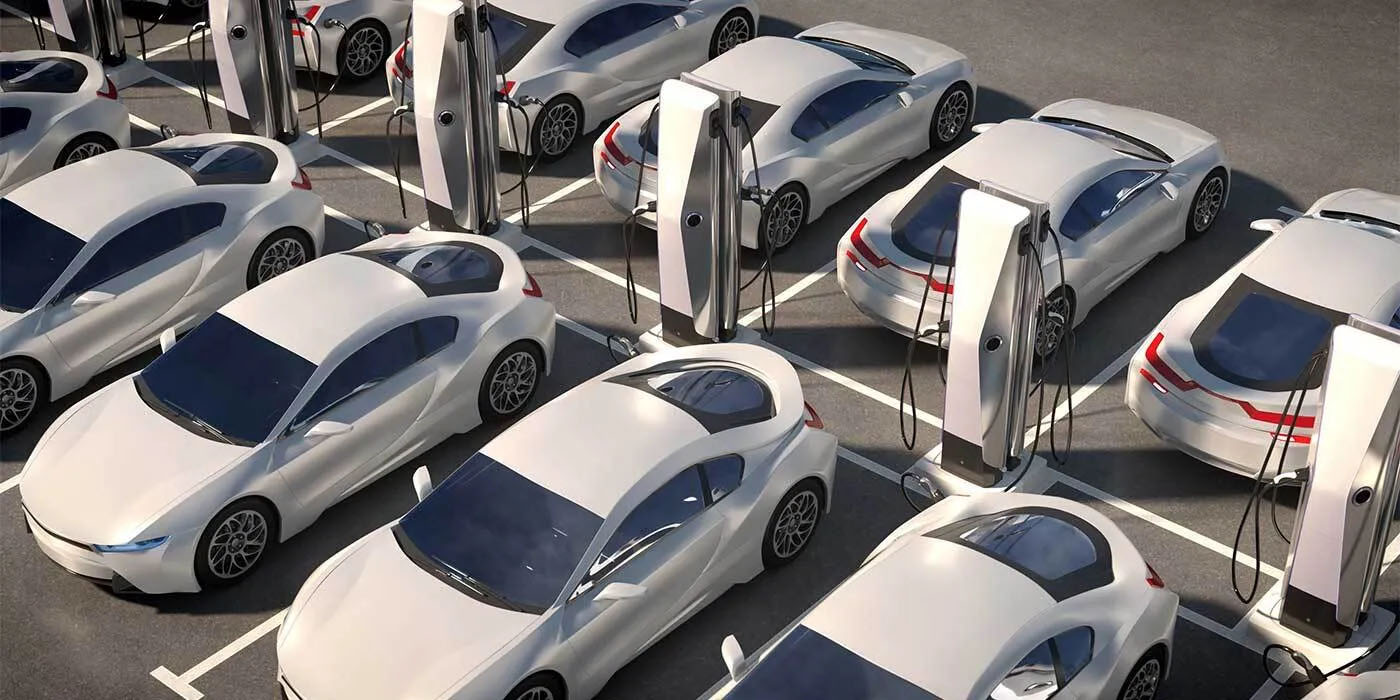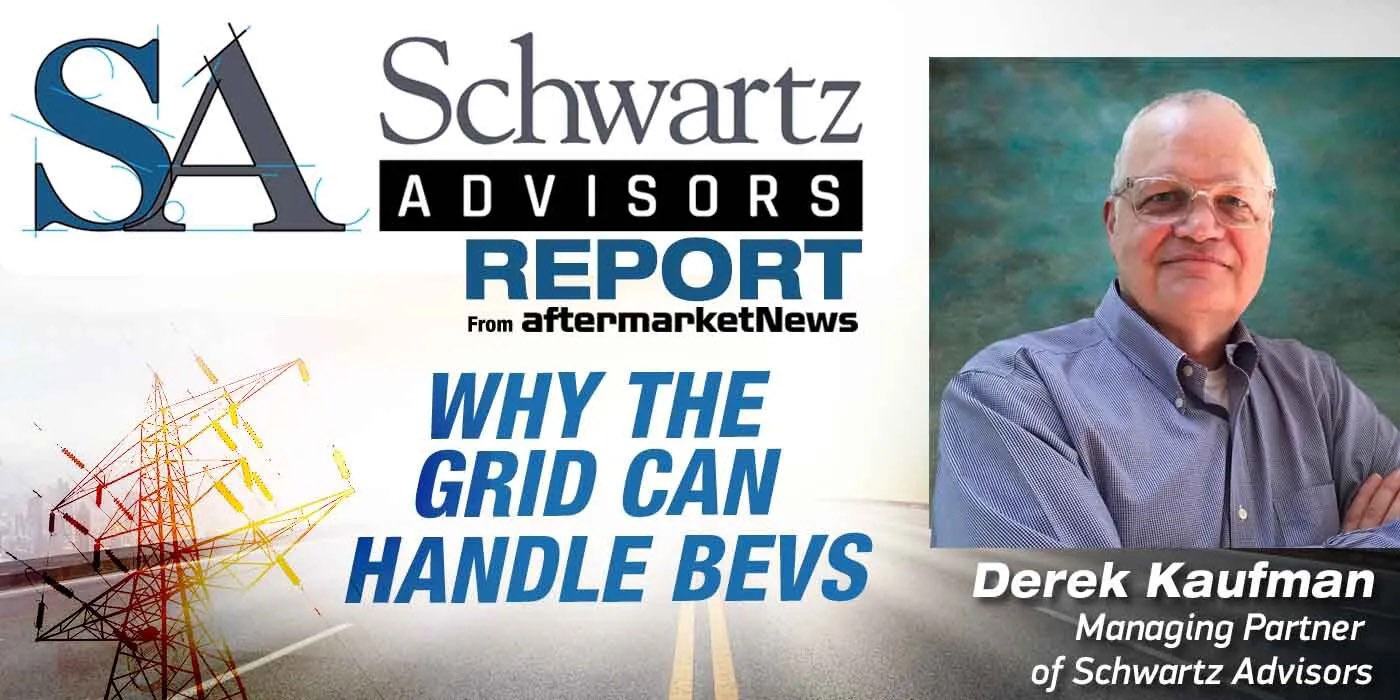Did you know that most electric vehicles still rely on a good old 12-volt battery? Despite that huge battery nestled below your feet, it’s the 12-volt battery that powers everything from your EV’s windshield wipers to its airbags.
For good reason we often marvel at the high-voltage systems that propel us forward, but it’s that trusty 12-volt battery that quietly maintains the heartbeat of the vehicle’s auxiliary components. So, why is the 12-volt battery so indispensable in an EV? It’s about functionality and adherence to safety regulations.
For example, the 12-volt battery is used to power essential components. Without the motor running, it’s the 12-volt battery that steps up, energizing systems like the electronic power steering, stability control, and cabin comfort features, from fans to heated seats.
It’s also a safety net during failures. In the event that the vehicle’s high-voltage battery is compromised, the 12-volt battery ensures that safety systems remain operational, allowing for safe vehicle control or shutdown.
Given its crucial role, the 12-volt battery in electric vehicles isn’t just a legacy component – it’s actually a key player in the EV ecosystem, and because of this, regular maintenance and awareness of its health are essential for a smooth and safe driving experience.
Surprisingly, a lot of EV roadside assistance calls are due to 12-volt battery issues. That’s why regular checks are so important, especially since some EVs rely on the 12-volt battery for their startup sequence. Regular inspections for signs of corrosion and ensuring the terminals are clean are recommended to prevent power issues.
Most EVs use lead-acid batteries, but some opt for AGM, EFB, or lithium-ion types for enhanced performance and longevity. A device similar to an alternator, called a DC-DC converter, charges the 12-volt battery from the high-voltage battery pack, ensuring it stays charged while the EV is running or plugged in.
When it’s time for a replacement, leave it to the professionals. Because that connection exists between the 12-volt and high-voltage batteries, you can really hurt yourself if you don’t know what you’re doing.
Incorporating the 12-volt battery in electric vehicles is not just a nod to tradition; it’s a practical and necessary solution to ensure the smooth operation of essential systems. So next time you hop in an EV, remember to thank the little guy.
This video is sponsored by Auto Value and Bumper to Bumper.







